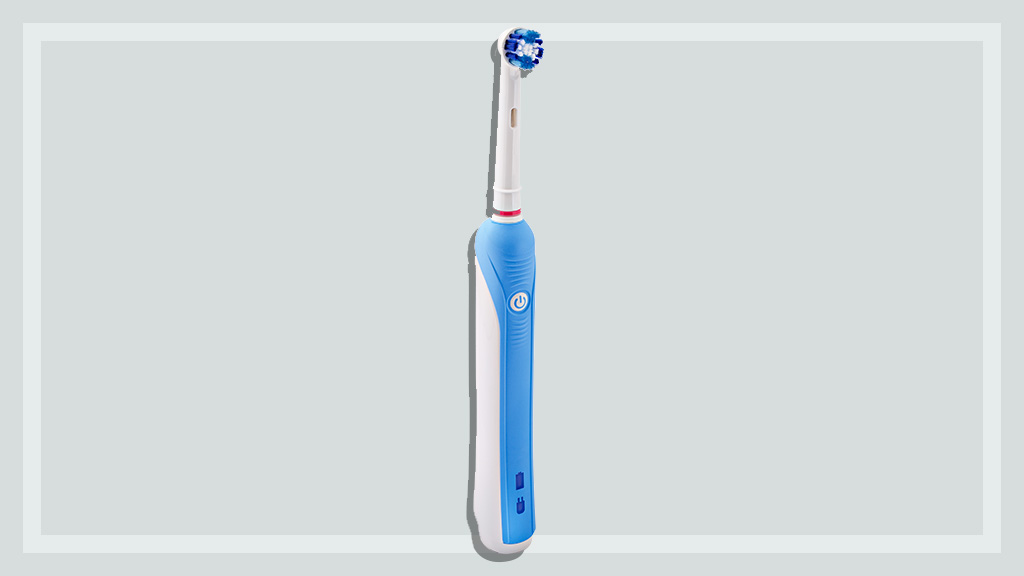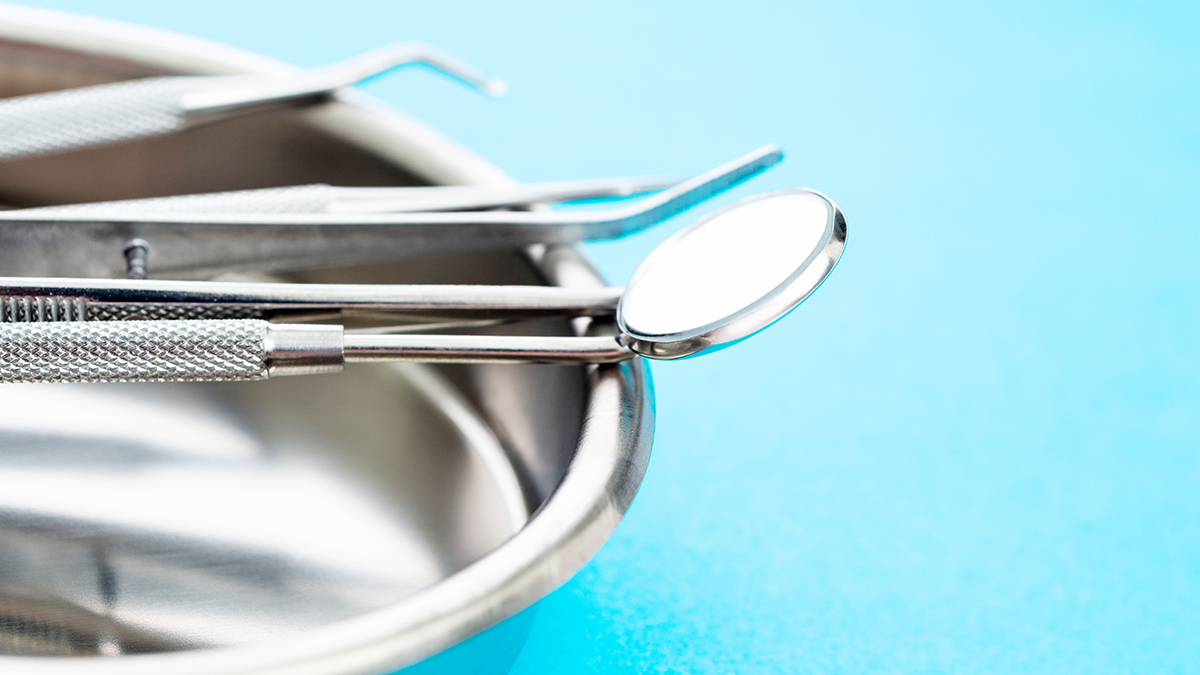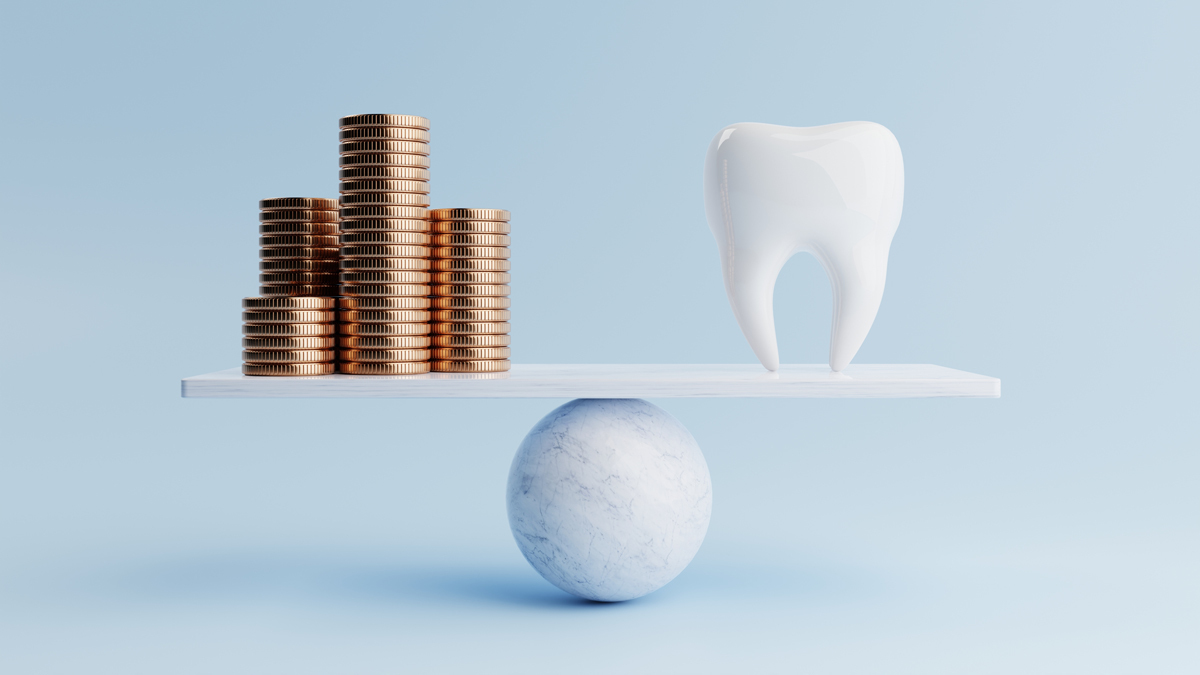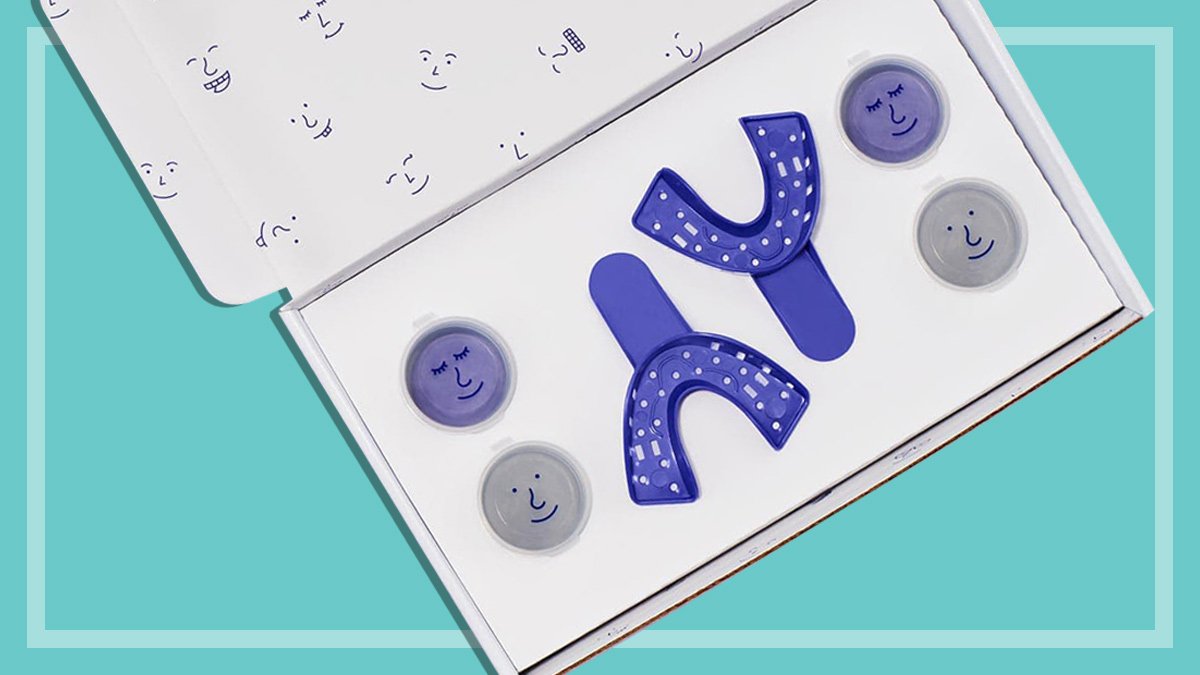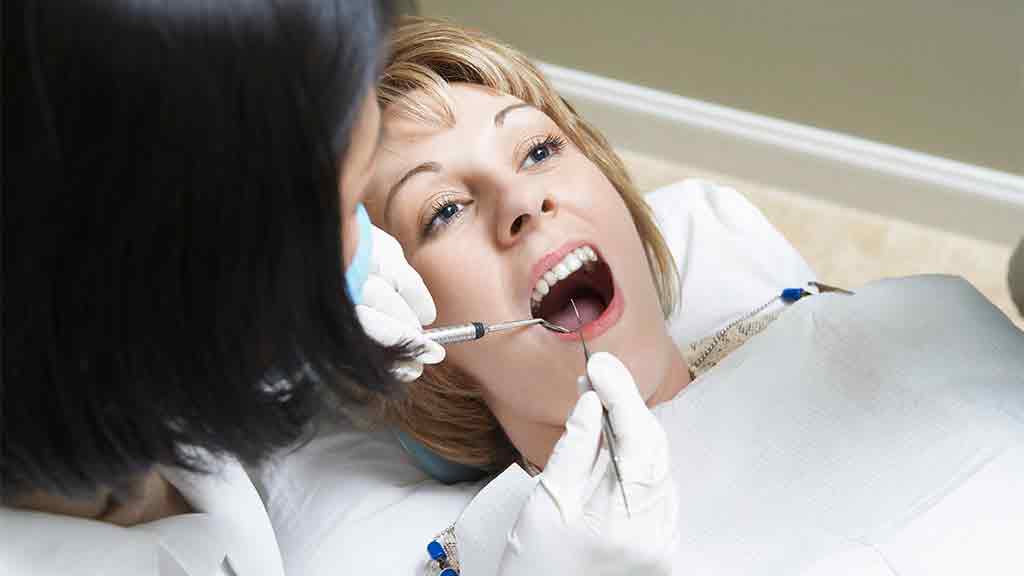Get our independent lab tests, expert reviews and honest advice.
Guide to buying orthodontic braces and aligners

Braces are used to fix a range of teeth and bite irregularities, but despite the marketing hype not all types of braces are suitable for everyone – some will fix certain problems better than others.
On this page:
Your orthodontist is best placed to determine what will and won’t work for you, but in this article we explain the difference between the traditional bracket and wire braces and clear aligners, and also the pros and cons of dentist vs orthodontist for treatment.
How much do braces cost?
It depends on which type of braces you decide are best for you. Here’s the range of prices you could be looking at.
We explain more about the different style of braces in the article below.
| Type of braces | Price range |
|---|---|
| Metal braces (traditional braces) | $5500–$8000 |
| Ceramic braces | $6000–$9000 |
| Clear aligners (Invisalign, ClearCorrect, ClearPath) | $4500–$9500 |
| Lingual braces (Incognito, Harmony) | $9000–$12,000 |
| Mail order aligners from SmileDirectClub | $2500–$2775 |
| Fast fix (short-term orthodontics, FastBraces, Smilefast, Six Month Smiles) for the ‘social six’ teeth | $3500–$6000 |
Types of braces

Brackets and wire
Conventional braces have come a long way since the metal ‘train tracks’ of old. For one, the brackets (the bits that stick on your teeth) are smaller, can be made from stainless steel, titanium or ceramic, and can be silver, gold, clear or tooth-coloured. Stainless steel brackets are the most economical option.
The wires that ultimately pull the teeth into alignment are usually made from titanium alloy or stainless steel. Like the brackets, they also can be tooth-coloured, making them less visible (and more expensive).
There are different systems for holding the wire. The most common, the so-called ‘fixed edgewise appliance’, involves wire ties or small elastic bands – available in a rainbow of colour choices – which secure the wire within a slot on each bracket.
Self-ligating brace
An alternative is a self-ligating brace, where the brackets have a channel accessed via a spring-loaded door – the wire travels through these channels. The brackets themselves are smaller and their appearance less obvious than the elastic band system, and they come in silver-coloured or clear versions. Fans say the lower friction on the wire makes it work faster with fewer visits to the orthodontist, though these claims aren’t backed up by scientific evidence.
There will likely never be one ‘type’ of treatment that is better that another, because there are so many factors that dictate which will be best for each patient
Dr Robbie Schwartz, Orthodontics Australia spokesperson
Dr Robbie Schwartz, specialist orthodontist and Orthodontics Australia spokesperson, says there’s little evidence that any one brand or system of fixed brace is better than another, nor that computer-assisted braces technology is better than other methods.
“There will likely never be one ‘type’ of treatment that is better than another, because there are so many factors that dictate which will be best for each patient,” he says.
Cost: Metal braces (traditional braces): $5500–$8000; ceramic braces: $6000–$9000
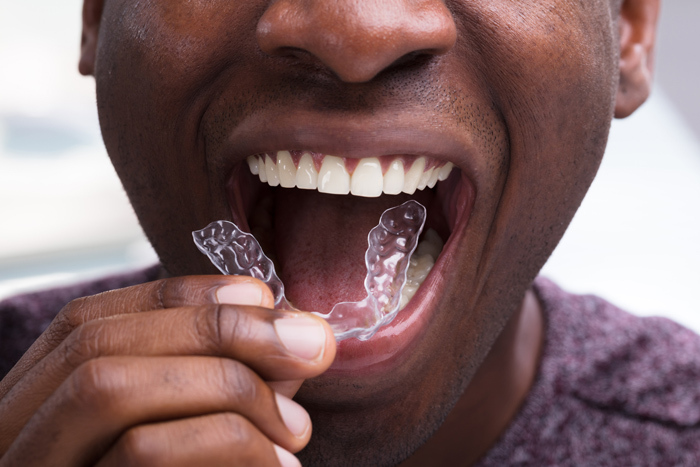
Clear aligners (Invisalign, ClearCorrect, ClearPath)
There are a few brands of clear aligners competing for market share in Australia, but Invisalign is probably the best known.
Invisalign hit the market in 1999, targeting adults with the promise of teeth straightening without braces. According to the company, more than six million people around the world have used Invisalign treatment. It consists of a series of clear plastic moulds – think slimline mouthguards – which are worn for about 22 hours a day.
The technique involves taking 3D images of your teeth at the start of treatment and computing which steps are needed to move your teeth gradually towards the final position you want. Special moulds are then made for each step. The number of steps depends on how much movement is needed.
You wear a set for about two weeks, then change to the next set. Each set moves your teeth slowly towards their desired position. Attachment points – tooth-coloured plastic bumps on your teeth – may be added to help the aligners get a better grip, and ‘buttons’ to hold elastic bands may also be needed.
Pros and cons of clear aligners
This system offers a couple of key advantages over traditional wire and brackets braces. First, they’re almost unnoticeable to others. Second, you can take them out before eating and cleaning your teeth, or even for a special occasion.
Invisalign is best for mild-to-moderate problems with crowding and alignment, and for people who have previously worn braces but have suffered a relapse because they haven’t worn their retainer.
You’ll need to look after them when you take them out – replacing a lost or damaged set is expensive
The company claims its product can treat most orthodontic problems, but the results are unpredictable, especially for certain presentations such as tooth rotation or vertical movement of teeth. More research is needed to see if the effects last as long as those of conventional braces.
Before going down the clear-aligner route, ask yourself if you have the stamina for them. Remember, you’ll have to wear them for at least 22 hours a day – every day. You’ll have to take them out for meals and drinks, then brush and floss your teeth and clean the trays before putting them back in – possibly while you’re out and about. You’ll also need to look after them when you take them out – replacing a lost or damaged set is expensive.
Cost: $4500–$9500
Mail-order aligners
You may also be tempted to save time and money with so-called mail-order aligners. SmileDirectClub has been one of the most heavily advertised. These clear aligners are sold directly to consumers, meaning there is no in-person consultation or review by an orthodontist. You can read more about them in our article Do SmileDirectClub’s home teeth straightening kits work?
Schwartz warns that although the lower cost and apparent convenience may seem appealing compared with traditional orthodontic treatment, these kinds of DIY plans can lead to significant dental problems. They include permanent damage to the teeth, gums, jaw joints or jaws, which can lead to costly treatment.
These kinds of DIY plans can lead to significant dental problems, including permanent damage to the teeth, gums, jaw joints or jaws
“Companies providing direct-to-consumer orthodontic products are relatively new to Australia but have been operating in the United States for several years, where they have been heavily criticised by consumers and industry groups for over-promising and under-delivering on treatment results,” says Schwartz.
“We’re now seeing orthodontists begin to report cases like this, and we only expect this to increase if consumers do not heed the warnings about these products.”
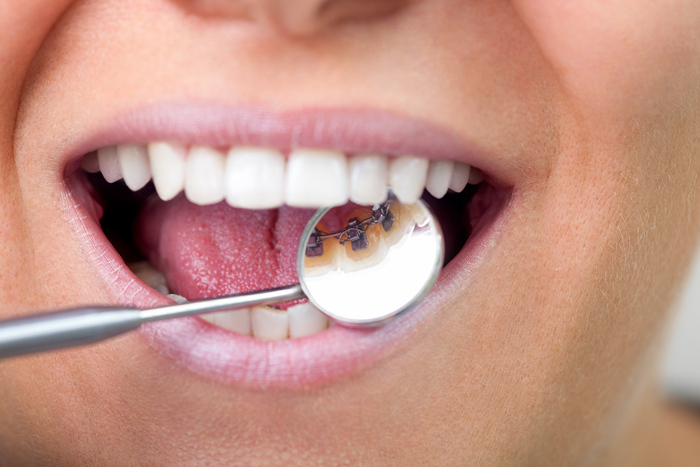
Lingual braces (Incognito, Harmony)
Marketed as the ultimate in non-obtrusive braces, lingual braces attach to the inside surfaces of the teeth. They’re generally more expensive than braces on the outside of the tooth, and appointments with orthodontists tend to take longer because adjustments are more fiddly. The main drawbacks are that they’re a little less efficient than external braces, they make teeth cleaning harder, they can irritate the tongue, and they can also affect speech (although that is usually temporary until wearers get used to them).
Cost: $9000–$12,000
Fast fix (short-term orthodontics, FastBraces, Smilefast, Six Month Smiles)
There are brace systems that are claimed to work faster – and cost less – than conventional braces, perhaps because of their “special” wires or brackets. These systems can be offered by general dentists as well as by orthodontists.
Schwartz points out that they can help straighten the six front teeth – the so-called ‘social six’ – but can’t be used to fix problems with bite. That’s fine if you only want straight teeth, but in the hands of a skilled practitioner you could get similar and faster results with other products.
“There is also potential for long-term dental problems, such as an unstable and uncomfortable bite, excessively protrusive front teeth, muscular and jaw-joint imbalances, uneven tooth wear and gum recession,” warns Schwartz.
Other means of speeding up treatment are to use devices that vibrate or use low-level light therapy to accelerate bone breakdown and reformation. Experts say they may work, but there’s no good evidence yet.
Cost: $3500–$6000 for ‘social six’
Maintenance after orthodontic treatment
Once the braces are off, you’ll probably need to wear a retainer to maintain the results. It might be a fixed retainer, with a wire attached to the back of your teeth, or a removable retainer. If it’s removable, you’ll need to wear it full-time at first, then at night only, perhaps dropping back to every other night or once a week.
Dentist vs orthodontist
Orthodontists are specialist dentists who’ve done a further three-year university degree in orthodontics on top of their degree in dentistry, learning how to diagnose, prevent and treat facial irregularities to align teeth and jaws.
But that doesn’t necessarily mean you should automatically choose an orthodontist for your treatment – you have to choose the professional that’s right for you.
Advantages of going to a dentist
These days, more and more general dentists are offering orthodontic treatment. One reason is that systems such as clear aligners or some of the ‘social six’ fast treatments don’t seem to call for such specialist orthodontic knowledge.
Also, patients can go to their trusted family dentist, have their regular dental needs attended to during the same visit, and perhaps save some money – as long as everything goes well.
Advantages of going to an orthodontist
Whatever the benefits of seeing a dentist for orthodontic braces, it’s fair to say that going to an orthodontist offers several key advantages:
- They are the experts in straightening teeth and correcting bite. This is what they’ve been specially trained in, and what they do day in, day out. Most general dentists can’t offer that depth of knowledge and experience.
- Successful treatment depends on an accurate diagnosis and assessment of your teeth and jaw problems, which you’re more likely to get from an orthodontist.
- An orthodontist has many more tools – systems of braces – at their disposal than a general dentist does. They can choose the best one for you, which may change during treatment, depending on how your teeth respond.
The example of clear aligners is a case in point. Figures from Dental Protection Limited, the professional indemnity insurer that covers most dental practitioners in Australia, show that 80–90% of malpractice claims due to clear aligners involved dentists rather than orthodontists.
If we have 100 patients with exactly the same problem, there will be an incredible variation in the way they respond. Orthodontists can adapt the treatment to the response
Dr Mithran Goonewardene, orthodontist
Perth orthodontist and academic, Dr Mithran Goonewardene, says, “If we have 100 patients with exactly the same problem, there will be an incredible variation in the way they respond. Orthodontists can adapt the treatment to the response, and revise the treatment as it goes. This is impossible to teach in the general dental curriculum, or in a weekend orthodontics course.”
Top tips for choosing braces
- Check the practitioner’s credentials
- Ask for personal recommendations
- Keep in mind that costs and treatment times vary
- Get a second or third opinion
- Remember, that quick, cheap fix might cause more problems later
- Don’t worry if you need to discontinue treatment
- Check your health insurance rebate
- Look after your teeth
- Wear a mouthguard
- Wear your retainer
Top tips for choosing braces
- Check the practitioner’s credentials – ask about their qualifications, experience and treatment results. You can look up a dental practitioner on the Australian Health Practitioner Regulation Agency website – it will tell you if they’re an orthodontist or a general dentist.
- Ask for personal recommendations for a practitioner from friends, family and parents at your child’s school. You don’t need a referral for an orthodontist.
- Keep in mind that costs and treatment times vary depending on the complexity of the case.
- Get a second or third opinion if you have doubts about the diagnosis or treatment plan. The consultation may cost you $100 or more, but if you’re spending thousands, it’s important to feel reassured.
- Remember, that quick, cheap fix might cause more problems later, requiring expensive undoing and more time in braces.
- Don’t worry if you need to discontinue treatment, the practice closes down, or you move to a new city. Members of the Australian Society of Orthodontists are bound to a formula whereby payments are proportioned between the orthodontist who began the treatment and a new orthodontist, so you won’t bear the full cost twice.
- Check your health insurance rebate – you’ll probably be surprised at how little is reimbursed.
- Look after your teeth. Follow instructions for brushing and flossing, and cleaning appliances. Avoid sweet, sticky, hard foods and sugary drinks. Keep up your regular periodontal appointments.
- Wear a mouthguard over your braces when playing contact sports and sports where you might inadvertently cop a blow to the face from a fall or an object.
- Wear your retainer. Your teeth will continue to move throughout your life. Without a retainer, all the hard work from braces will come undone over time.

